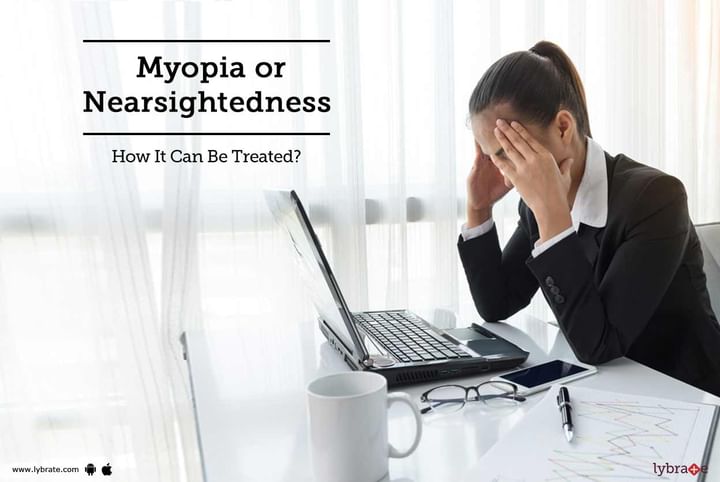Myopia or Nearsightedness - How It Can Be Treated?
The most common vision problems are shortsightedness and farsightedness. Shortsightedness is when a person sees close objects clearly while distant objects appear blurry. It is more common than farsightedness and affects about 70% of the Asian population.
When there is a refractive issue, the prescription usually has a plus/minus with it and also a number. A ‘minus’ symbol is used to represent shortsightedness; the greater the number of the glasses, the higher the shortsightedness. High myopia is a more severe form of shortsightedness where the power is -6.0 or higher.
Symptoms:
As mentioned, the person will be able to see nearby objects but will have difficulty seeing far off objects.
- Difficulty reading signs and boards
- Squinting
- Straining to reduce the strain on the eye
- Tired and fatigue due to this eye strain, especially when in constant move like playing sports or travelling
How it happens?
Vision can be explained by a physical process where light passes through a lens and falls on the retina in the posterior portion of the eye where it forms an image. This is then sent to the brain where it is read and interpreted as a particular object. When the lens becomes elongated, the image that is formed is distorted in that it is formed in front of the retina and not on the retina. Though it gradually settles down with adulthood, in most cases, it progresses and requires corrective lenses. The corrective lenses ensure the image falls on the retina and visual perception is improved.
Treatment:
- Corrective glasses are the most commonly used measure for nearsightedness. The lenses could be used either as spectacles or as contact lenses.
- Laser surgery can also be used to correct the problem. A thin layer of the cornea is removed and the image formation is corrected.
- Artificial intraocular lenses are also being used to treat this condition. They work like contact lenses and may need periodic replacement.
- The most common technique, especially for high myopia is the use of surgery to correct the problem. This is a one-time correction and is a more durable solution than the earlier mentioned options.
- Appropriate calculations are done to identify the lens to be used so that proper vision is restored.
Complications:
- Though not common, retinal detachment and variable postoperative refractive error can occur during the surgery.
- It is very important to set realistic expectations with the patient in terms of what to expect before, during, and after surgery. If only one eye is going for repair, the chances of mismatch in vision could be present in the early stages. Being clear about what to expect will help in successful correction. If you wish to discuss about any specific problem, you can consult an Ophthalmologist.



+1.svg)
